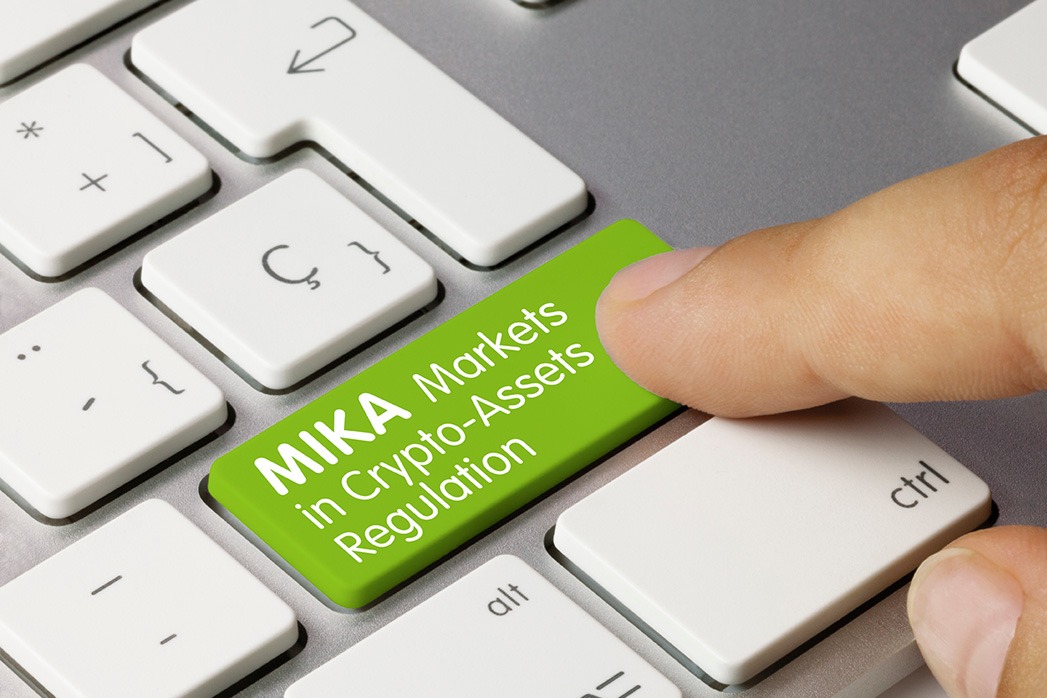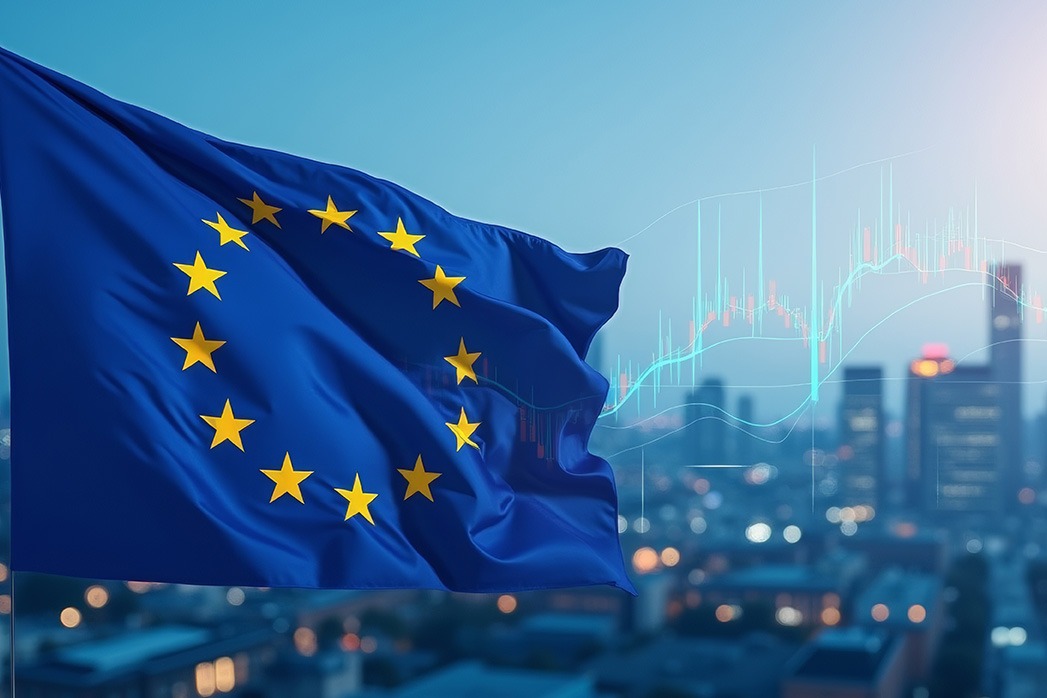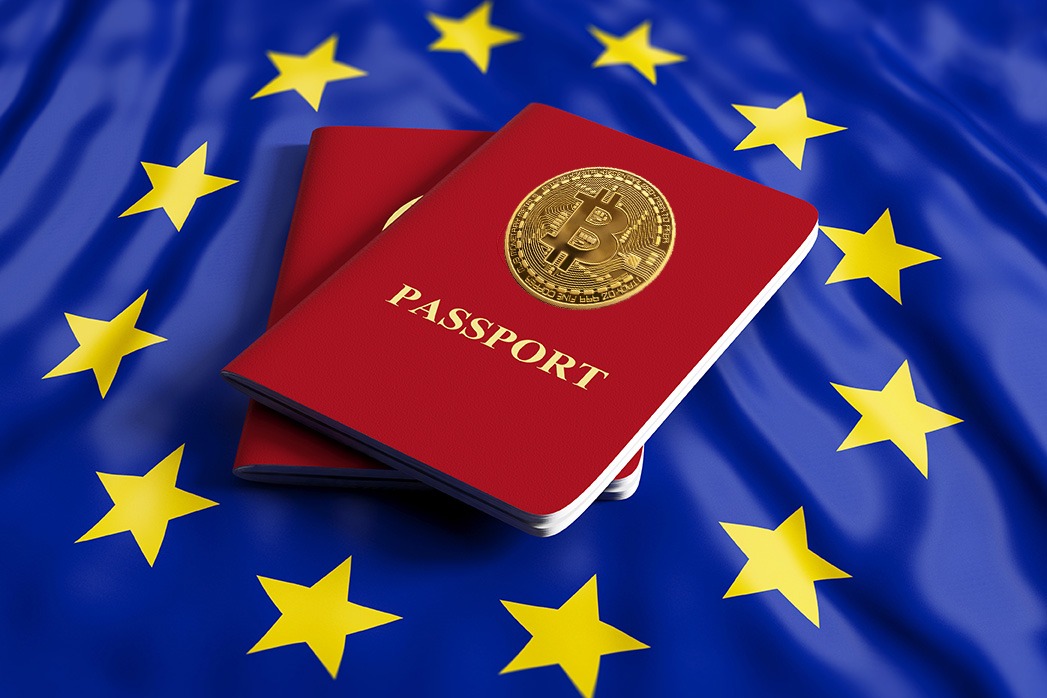MiCA Was Just the Beginning: Why Global Crypto Regulation Is Converging Faster Than Markets Expect
“Institutions follow rules before they follow returns.” — DNA Crypto.
For most of crypto’s history, regulation followed price. Booms forced policymakers to react. Busts delayed enforcement. That era is ending.
Today, regulation is driving adoption. Not speculation. Not narratives. Not market cycles.
MiCA marked the turning point. It was not just a European framework. It became a reference model.
As outlined in What Is MiCA and Why Does It Matter, MiCA introduced something markets had not seen before. Clear rules, enforceable standards and a licensing regime designed for institutions, not retail hype.
Why MiCA Became the Global Reference
MiCA succeeded because it solved the problem institutions care about most. Legal certainty.
It defines who can operate, how assets are classified, how custody works and how Stablecoins must be backed. It removes ambiguity. That matters more than permissiveness.
DNACrypto explored this institutional shift in MiCA Regulation and MiCA Explained.
Once Europe established a coherent framework, other regions faced a choice. Align or fragment.
Why Other Jurisdictions Are Aligning, Not Competing
Contrary to early assumptions, the UK, UAE, Singapore and Hong Kong are not diverging wildly from MiCA. They are converging around the same principles.
– Clear licensing.
– Defined custody standards.
– Stablecoin reserve requirements.
– Enforceable consumer protections.
This alignment is examined in MiCA vs Global Crypto Asset Regulations in 2025 and MiCA vs Other Jurisdictions.
The message is consistent. Capital prefers clarity to flexibility.
The End of Regulatory Arbitrage
For years, crypto firms moved jurisdictions to avoid oversight. That strategy no longer works.
Banks will not partner with unregulated entities. Funds cannot be allocated to structures without enforceable governance. Custodians must meet defined standards.
DNACrypto addressed this reality in MiCA’s Impact on OTC Trading and MiCA Loopholes.
The era of regulatory arbitrage is closing. Firms that rely on it will not survive the next cycle.
Where Capital Will Flow Next
Capital moves predictably. It flows to jurisdictions offering licensing, passporting and enforceable rules.
Europe now provides that environment. MiCA enables firms licensed in one member state to operate across the bloc. This is a structural advantage.
The implications are explored in How MiCA Licensing Gives You an Edge and Why Lithuania’s MiCA License Matters.
Institutions do not want regulatory novelty. They want certainty that persists across cycles.
Why Crypto Firms Must Adapt or Exit
Crypto firms that ignore regulation face an unavoidable reality. They will lose banking access. They will lose institutional clients. They will lose relevance.
This is not ideological. It is operational.
As DNACrypto explains in “How Institutions Can Invest in Bitcoin,” institutional participation requires compliance, custody, and governance.
Markets will still move. Volatility will remain. But only regulated entities will be allowed to participate at scale.
The DNA Crypto View
MiCA was never the end state. It was the starting signal.
Global crypto regulation is converging faster than markets expect because capital demands it. The future belongs to jurisdictions that combine innovation with enforceable rules.
Crypto is entering its institutional phase. Regulation is not the barrier. It is the gateway.
Image Source: Adobe Stock
Disclaimer: This article is for informational purposes only and does not constitute legal, tax or investment advice.
Register today at DNACrypto.co












